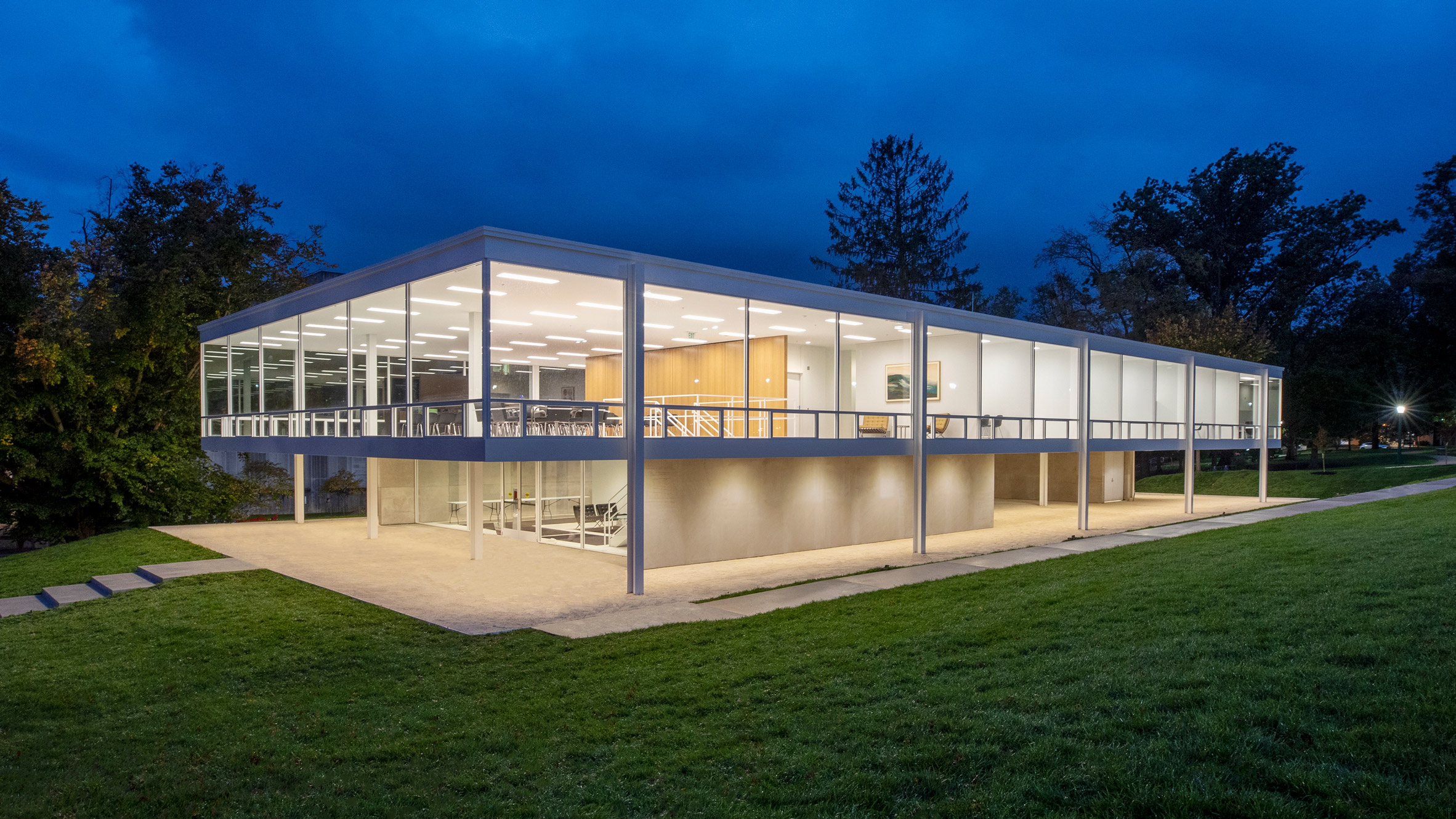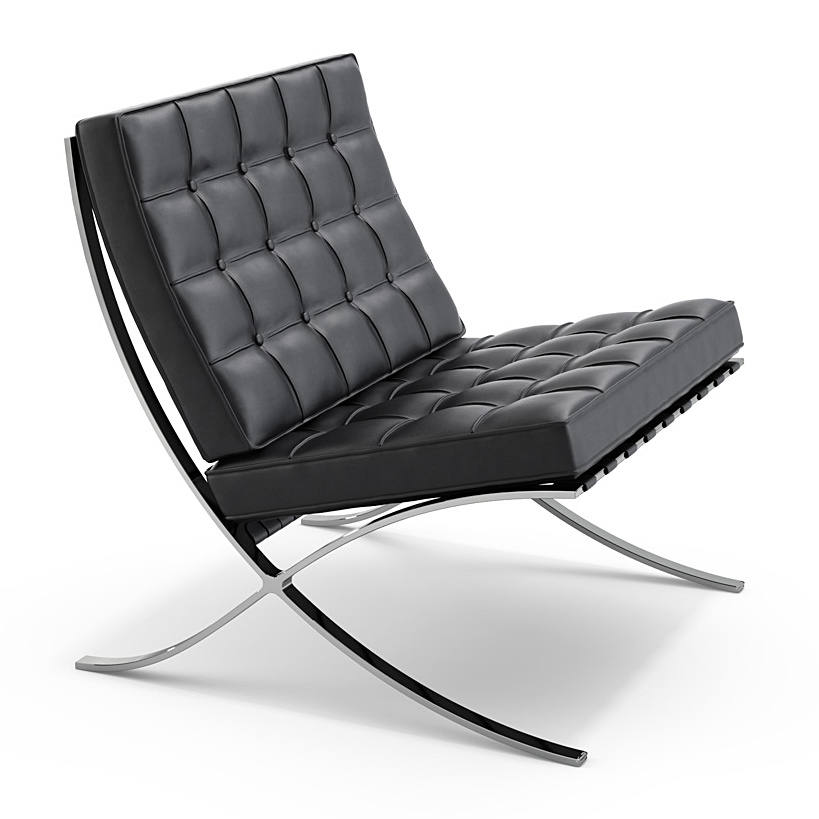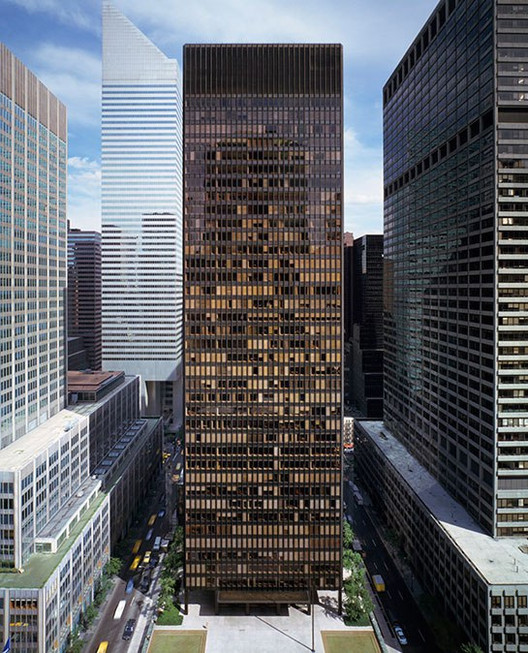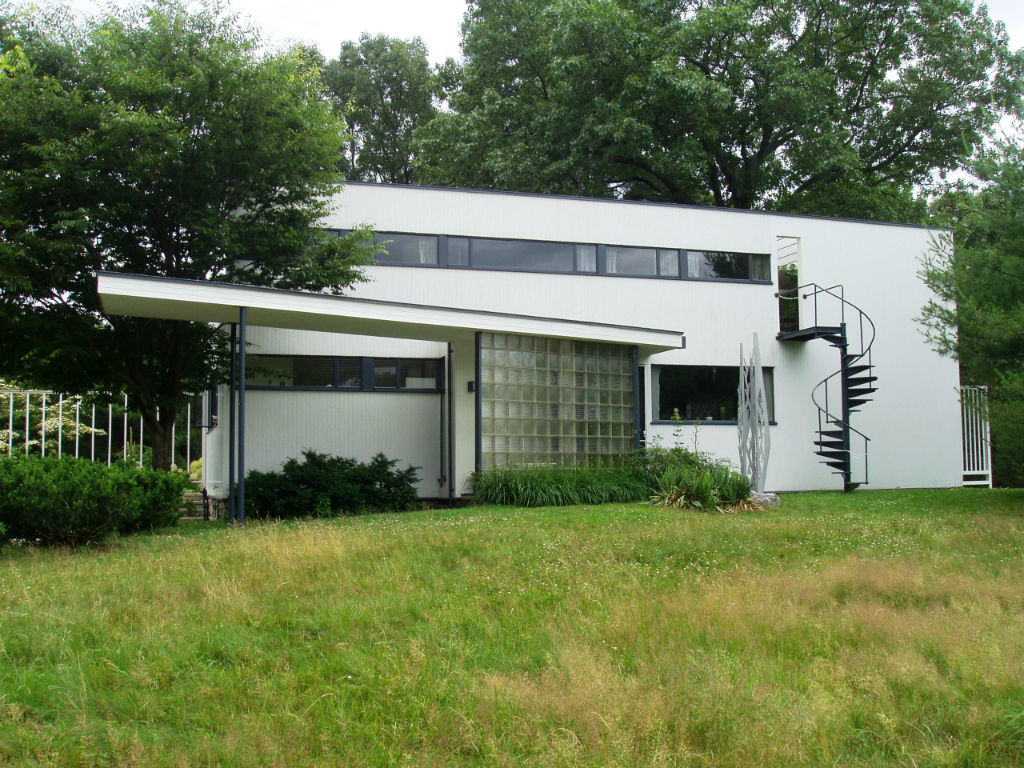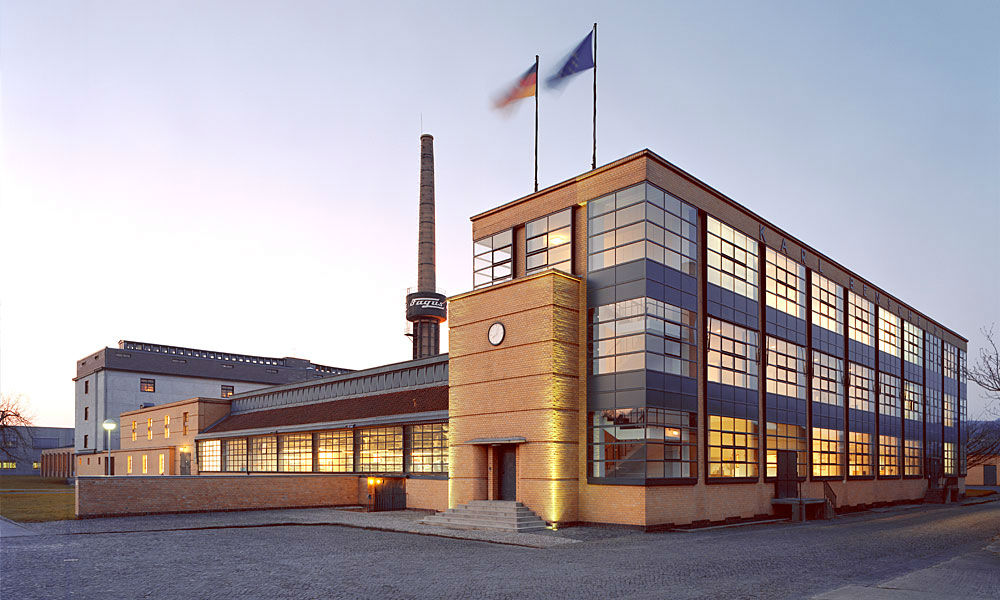
Primonent Figures and Works
The Bauhaus produced many important artists and works. These works land anywhere from archetecture to graphic design, but there were many other parts to the school like building theory, carpentry, ceramics, fine art, graphic printing, glass and mural painting, weaving, geometry, mathematics, business administration, metal, photography, printing and advertising, and plastic arts.
